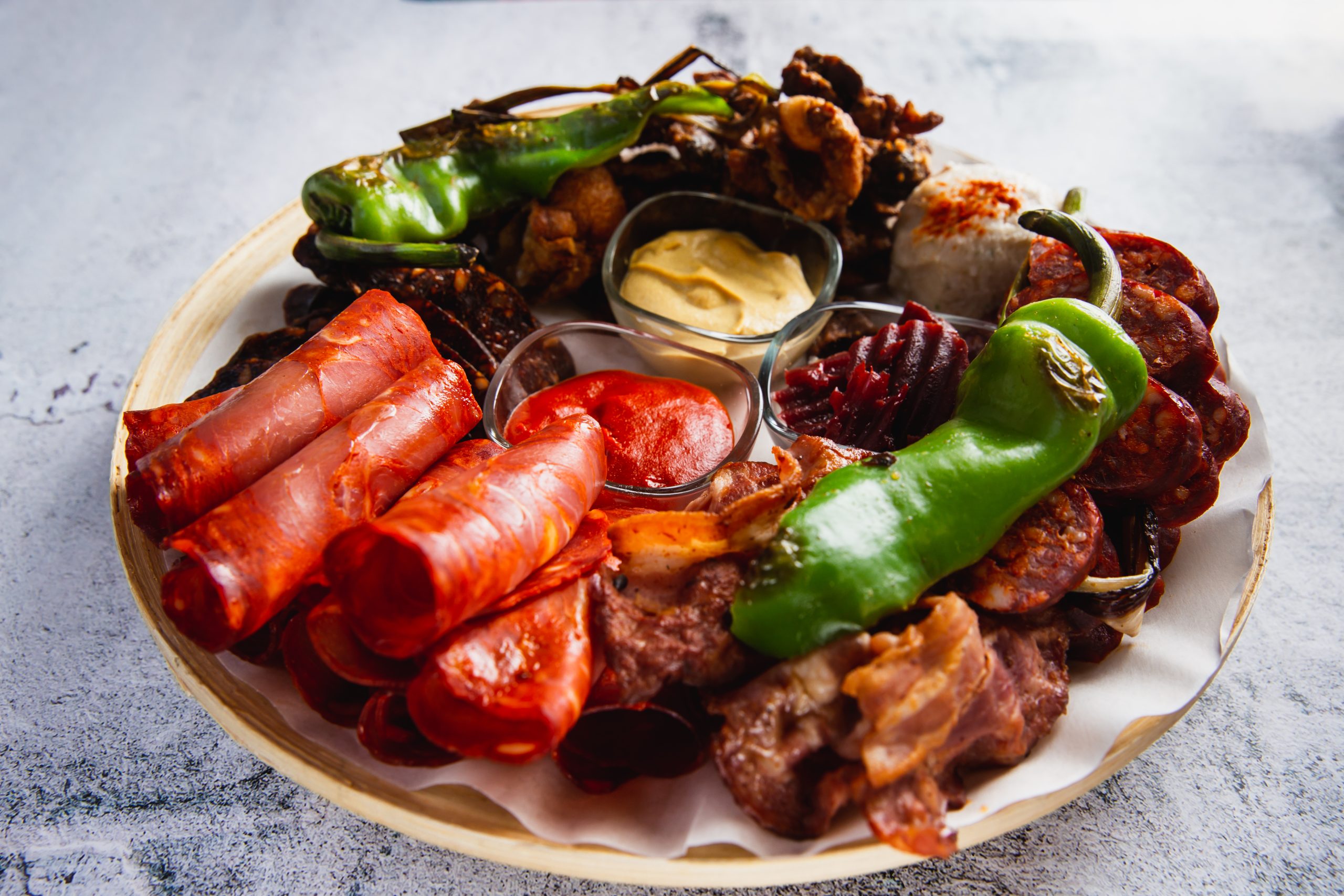
Restaurant-Quality Meals at Home: How Precooked Gourmet Options Compare to Takeout
Let’s be honest – we’ve all been there. It’s 6 PM on a Tuesday, you’re exhausted from work, and the last thing you want to
Cart
No products in the cart.
NEW YEAR SALE ENDS IN
Spend $130, Save $15. Spend $170, Save $20. Spend $200, Save $30.
We’re not shaming anyone here, there are multiple definitions of fruit and vegetables, and Healthy Gourmet is just here to clear things up. We explain what makes an edible plant a fruit and what makes it a vegetable below. To get straight to the point, here is a list of fruits you may have thought were vegetables.
By a strictly botanical definition, these are considered fruits. By culinary definition, most of these are called vegetables, as they are used in savory cooking.
Just to clear up any family arguments. We call these nuts culinarily-speaking, but they’re actually seeds of the fruit of their respective plants. Maybe we should have started naming these things consistently a long time ago, but we’re too far down the road at this point.
A fruit is defined botanically-speaking as described above – the seed-laden outgrowth of a plant created by a fertilized flower. Tomatoes, peaches, cucumbers, and apples are all results of the fertilization (pollination) of their respective plant’s flowers. Ovules within the flower’s ovaries become the seeds within the fruit.
There isn’t one. Vegetable is an imprecise and unscientific word. Vegetable is a culinary term, used to describe parts of a plant used in savory cooking.
A plant part that is sweet or sour tasting, and edible when raw.
Plant products that are less sweet-tasting and used in more savory cooking. Tomatoes typically fall into the vegetable category when speaking culinarily. The next time someone corrects your categorization of tomatoes, just tell them you were speaking culinarily, not botanically…. obviously.

Let’s be honest – we’ve all been there. It’s 6 PM on a Tuesday, you’re exhausted from work, and the last thing you want to

We’ve all been there—it’s the end of a long day, and the last thing you want to do is cook. The automatic response? Open a

Summer just got here, and this heat already has us dreaming of a sweet island getaway. That’s why this month we turned to the beautiful

Check out how EatFlavorly utilizes Mexican meats and so many more in our scratch-made meals over at Our Menu! With Cinco de Mayo